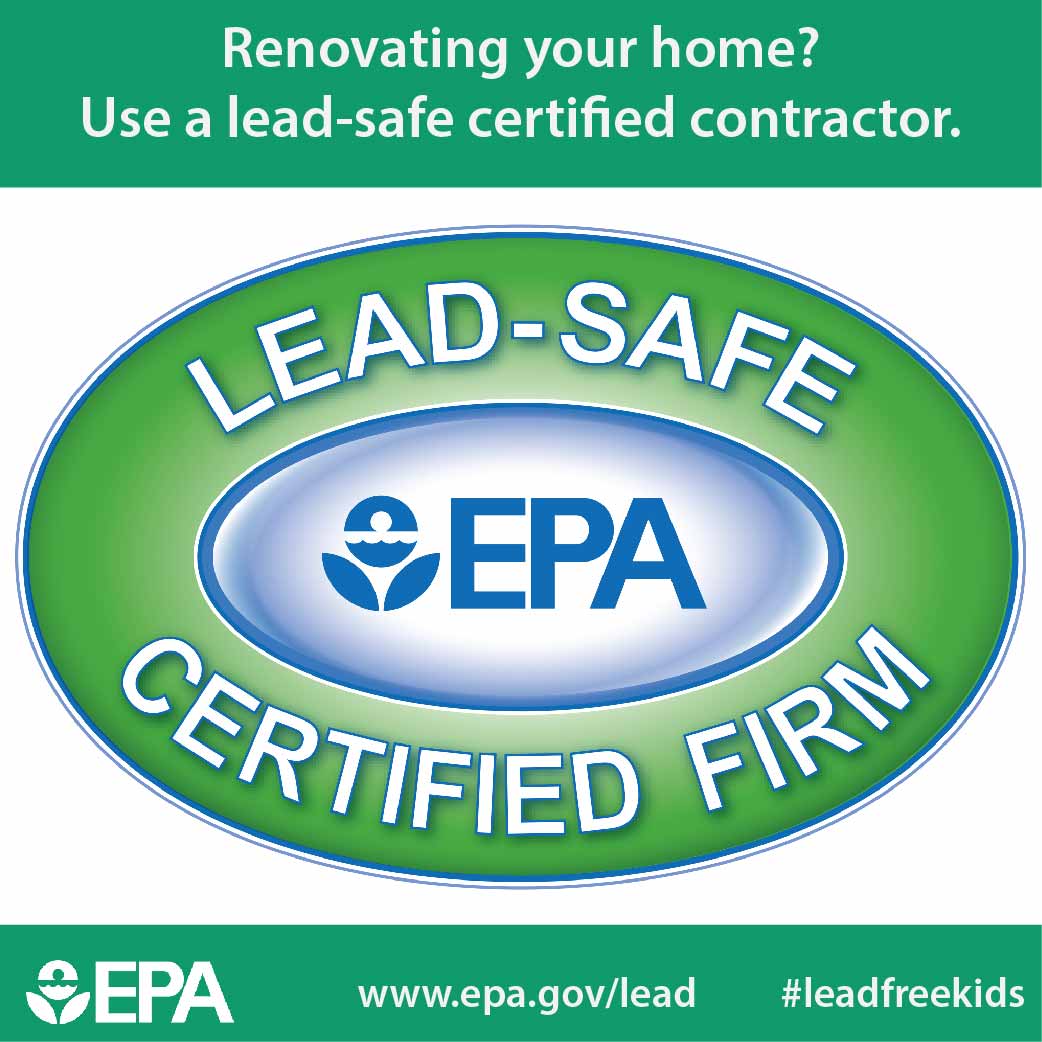Seasonal Factors In Commercial Outside Paint: Key Insights You Ought To Understand
Seasonal Factors In Commercial Outside Paint: Key Insights You Ought To Understand
Blog Article
Web Content Writer-Leach Rodriquez
When you're planning a commercial outside painting job, seasonal factors can make or damage your outcomes. You'll intend to consider how temperature level and moisture effect paint application and drying times. Selecting the ideal season can guarantee your paint sticks properly and lasts longer. Yet which periods are absolutely the most effective for this type of job? Let's discover the key elements that can impact your job's success.
The Impact of Temperature Level on Paint Application
When you're preparing a commercial exterior paint job, the temperature can dramatically affect how well the paint adheres and dries out.
Ideally, you want to repaint when temperature levels vary in between 50 ° F and 85 ° F. If it's also cool, the paint might not heal correctly, bring about problems like peeling or breaking.
On painters minneapolis , if it's as well hot, the paint can dry out too quickly, stopping correct adhesion and resulting in an unequal coating.
You must also take into consideration the moment of day; morning or late afternoon uses cooler temperature levels, which can be a lot more positive.
Always inspect the manufacturer's recommendations for the specific paint you're using, as they often provide advice on the perfect temperature variety for optimum results.
Humidity and Its Result on Drying Times
Temperature level isn't the only environmental element that affects your business exterior paint job; moisture plays a significant function as well. High moisture degrees can reduce drying times dramatically, affecting the overall quality of your paint task.
When the air is saturated with dampness, the paint takes longer to heal, which can lead to concerns like inadequate adhesion and a greater danger of mildew development. If you're repainting on a specifically humid day, be prepared for prolonged delay times between layers.
It's crucial to keep an eye on neighborhood weather and strategy accordingly. Ideally, go for humidity degrees in between 40% and 70% for optimal drying.
Keeping these factors in mind ensures your project stays on track and supplies a lasting surface.
Best Seasons for Commercial Outside Paint Projects
What's the very best time of year for your industrial external painting jobs?
Springtime and very early fall are typically your best choices. During these seasons, temperatures are light, and moisture degrees are often reduced, developing optimal conditions for paint application and drying.
Prevent summertime's intense heat, which can cause paint to dry as well rapidly, resulting in poor adhesion and surface. Likewise, winter season's cool temperatures can impede correct drying and healing, taking the chance of the longevity of your paint work.
Go for days with temperature levels between 50 ° F and 85 ° F for optimum outcomes. Keep in mind to examine the neighborhood weather report for rainfall, as wet conditions can ruin your job.
Preparation around these factors guarantees your painting project runs smoothly and lasts longer.
Conclusion
In conclusion, preparing your industrial external paint jobs around seasonal considerations can make a considerable difference in the result. By please click the next post during the ideal temperatures and moisture degrees, you'll ensure better adhesion and drying out times. Bear in mind to watch on neighborhood weather prediction and select the right time of year-- spring and very early loss are your best choices. Taking these steps will assist you attain a resilient and expert surface that lasts.
